Evolution of Instagram: A Timeline of New Features and Major Milestones
You know the old saying that the only constant is change?
Well, that never been more true than when talking about social media.
You go to bed understanding exactly how a platform works — you wake up to find that everything has changed. There are new features, but also missing features, and moved features, and some features that are still there but no longer work. Arggghhh. It’s enough to make you logoff and go refill your coffee. But when it comes to the big platforms — Facebook, Instagram, Twitter, LinkedIn, YouTube, Pinterest, Reddit… they know you’ll be back. So you just have to sit back down, pound that coffee, and get used to their radical new designs.
It’s been just shy of 10 years since Instagram was first launched in the app store. In a lot of ways, Instagram today is still very similar to the platform it was way back then (ten years is a lifetime in tech!). But while Instagram might feel pretty similar day in and day out, they’ve actually been rolling out new products and features pretty consistently year after year.
They have also hit some pretty big milestones along the way.
So let’s dig in and breakdown some of those key new features and major milestones in this Evolution of Instagram.
Instagram Launches — October 2010
The year was 2010. The Social Network was in theaters. Moves Like Jagger was on the radio. Lost was wrapping up its final season, disappointing millions of fans all over the world. And Kevin Systrom and Mike Krieger were rolling out Burbn, a mobile check-in app that was essentially a clone of Foursquare. Kevin and Mike realized they had a problem. So they did what anyone in their position — who had already raised a half a million dollars in funding — would do and they pivoted.
And thus Instagram was born. For those wondering, the name Instagram came from combining Instant (as in instant camera) and telegram.
At the time, you had to access Instagram through a mobile device. Ten years later, that’s still the case. (It’s actually not, but it still feels that way.)
Instagram Incorporates Hashtags — January 2011
In 2007, a bunch of Twitter users inadvertently invented the hashtag as a way to more easily connect and converse at a conference.
Twitter leadership thought it was a “thing for nerds,” but alas, the hashtag was born.
Hashtags were eventually incorporated into Facebook, Flickr, Tumblr and Google+ and of course, Instagram, where they made their debut in January 2011. (They have also FINALLY made their way to LinkedIn, which in the words of Verge reporter Casey Newton, is just “Facebook in slow motion.”)
Instagram Is Acquired By Facebook — April 2012
Mark Zuckerberg paid a billion dollars to buy Instagram, despite the fact that they had no revenue stream and were only 13 employees strong.
At the time, people panned the purchase. But not today! With over a billion active users, and long serving as Facebook’s primary growth platform for young people, that billion dollars now looks like a heck of a steal.
Instagram Rolls Out Explore — June 2012
If you like logging onto Instagram, checking in on your friends and the few select brands you follow, and then getting out, you were good to go from day one.
But if you are looking for new accounts to follow or interesting content to peruse, well Instagram wasn’t really built for that. Until June of 2012 that is, when they rolled out Explore.
Explore let’s you rove around Instagram in a new way, not just by username or hashtag, but also by content suggestion, curated specifically for you.
Milestone: Instagram Hits 100 Million Monthly Active Users — February 2013
Instagram picked up 100k users in the first week following their launch. It only took them a few months to get to a million users. It was six more months before they hit five million users and another three months before they hit ten million users.
They launched in October 2010. It took them less than 2.5 years to add that ninth digit to their user-base. By early February 2013, they already had more users than any European country had citizens.
Not bad for a platform that had just 13 employees a short ten months ago!
Instagram Adds 15-Second Video Sharing — June 2013
If you are an active user of Instagram, you might not even realize that there was once a time you could only upload images to the platform. But for their first few years of existence, there was no video to be seen in Instagram.
That changed in June 2013 when they rolled out the option to upload videos of up to 15 seconds in length. (Note: at the time of this writing, that’s the length limit of videos shared to TikTok — it will be interesting to see if they too “evolve.”)
Instagram Incorporates Ads — October 2013
Despite paying a billion dollars to acquire Instagram, Facebook held off on monetizing the platform via ads for a full year-and-a-half.
Presumably, there was a lot of work to do on the backend to enable their ads program to synchronize with Facebook’s pre-existing advertising platform.
While the initial ad rollout was limited to sponsored posts, it set the stage for Instagram becoming a product with an estimated standalone value of $100 billion.
Instagram Enables Direct Messaging — December 2013
Instagram is a primarily public platform, as opposed to Facebook which for individual users tends to default to content being shared only with friends.
So while you could tag your friends in posts and comment on their content, you were doing so for the world to see. But those were pretty much your only options.
That changed in December 2013 when Instagram rolled out Direct Messaging.
Now you could have private conversations with friends, without ever having to leave Instagram.
MILEstone: Instagram Hits 200 Million Monthly Active Users — March 2014
While the first 100 million users took 2.5 years to acquire, the next 100 million joined in on the fun in just 13 months.
By March 2014, Instagram had a bigger user-base than the population of Russia, Mexico or really any country in the world save for a few.
Those 15-second videos really made an impression!
Instagram Expands Video from 15 to 60 Seconds — March 2016
If 15 seconds of video is good, 60 seconds of video must be better, right?!
As of March of 2016, you could start uploading videos to Instagram that were up to 60 seconds in length.
Still not long enough to play the full version of that new song you just wrote, but at least now you can get through the whole refrain!
MILESTONE: Instagram Hits 500 Million Monthly Active Users — June 2016
Instagram Introduces Stories! — August 2016
There’s an old adage in the social media world: when a platform becomes popular, Facebook will aim to own it or clone it.
While they managed to buy Instagram and WhatsApp (as well as a slew of other companies that aren’t quite household names), a couple of the big players eluded them.
They desperately wanted Twitter. But Twitter wouldn’t sell. So in short order, Facebook introduced hashtags, verified accounts, trending content (now defunct) and a bunch of other features that were all “inspired” by Twitter. (Ie: they couldn’t own it, so they went to work trying to clone it.)
But Facebook’s appetite to consume Twitter was nothing compared to the newer kid on the block, Snapchat.
Snapchat, launched in 2011, was immediately popular with the youth, a demographic that Zuck knew he needed to keep satisfied and clicking if he wanted to remain at the head of the social media table.
In 2013, just two-years after launch, he offered $3 billion to buy them out. They refused. Facebook reportedly tried again shortly before Snap went public. He was again rebuffed.
That second attempt happened in 2016. Coincidently, that’s the same year that all the primary platforms in the Facebook universe (that’s Facebook itself, Messenger, WhatsApp and of course Instagram) rolled out Stories.
Stories are ephemeral content (they disappear after 24 hours) that are intended to be less perfectly quaffed, more fun and allow a user to post as often as they want throughout the day without worrying about bothering the almighty algorithm.
While Snapchat is still doing its thing, there’s no doubt that the rollout of Stories slowed their growth considerably.
Milestone: Instagram Stories Hits 100 Million Daily Active Users — October 2016
Instagram Stories Launches Boomerang — November 2016
At first, Instagram Stories only allowed users to share pictures or short videos taken in real time. Then they expand that to allow you to share pictures and videos you had shot within the last 24 hours. That limitation quickly went away as well, as Instagram enabled the ability for users to share anything on their phone roll (well any photo or any video up to 15 seconds in length).
But Stories also quickly started rolling out fun filters and camera tricks (very similar to Snapchat, who had been providing such offerings for quite some time).
One early and popular such feature was Boomerang — which enables a user to take a short video which is then popped it back and forth, like a boomerang.
While they aren’t as popular today as they were when they first rolled out, you would have a hard time spending 10 or 15 minutes scrolling through IG Stories without coming across at least a couple such clips.
Instagram Enables Albums — February 2017
From 2010 until early 2017, you could only share one piece of content to your Instagram timeline at a time.
That changed in February 2017 when Instagram rolled out Albums. Albums made it possible to share up to ten pieces of content at once. (You can mix and match photos and videos in a single album.)
This made it easier to share bigger stories to the timeline without having to pump out a bunch of separate and disjointed posts.
Milestone: Instagram Stories Hits 200 Million Daily Active Users — April 2017
Milestone: Instagram Hits 800 Million Monthly Active Users — September 2017
Instagram Gets Engaging With Their First Interactive Sticker — October 2017
Instagram has rolled out loads of fun features to Stories over the years, but it was in October 2017 that they rolled out their first interactive stickers with the introduction of the poll sticker.
You could use it to have people weigh in on a simple multiple choice question of your liking (simple because you were — and are — limited to only two answer choices). Once a user votes, they can see the breakdown of how everyone else has voted.
Like with all Stories, those containing polls still disappear after 24 hours. But it was the first of many stickers that Instagram Stories would offer intended to help bring your audience into the conversation.
Instagram Lets Us Keep Our Stories With Highlights — December 2017
It didn’t take long for Instagram to realize that people were putting a lot of time and effort into their Stories, and that while some should just go ahead and disappear after 24 hours, it would be nice if users could keep some of them around.
And with that was born Highlights. (I’ve always thought this feature would have been called Albums, if Instagram hadn’t already used that name on a product less deserving of it).
Highlights are very important — first of all, they let you keep select Stories public indefinitely.
But even more importantly, they let you flesh out your account’s profile page, which has always been quite limited.
For your Instagram profile, you get a pic, a short bio, a location and a link to a website (the only active link you can use on the entire platform!). Now suddenly, if you choose to use them, the next thing someone sees while looking at your profile, after your photo and brief bio, is your Highlights. So if used well, they can really do a lot to help you tell your story in a more in-depth and relevant way for your audience.
Let’s say you own a restaurant. You might have one Highlight for salads, another for entrees, a third for desserts and a fourth showcasing the awesome artisanal cocktails you create in house.
Or let’s say you run a boutique. You could have a Highlight for hats, another for skirts, one for accessories, and one for handbags.
Highlights are a great way to show your audience what you do in a way that simply isn’t possible through the limitations offered in the Instagram profile section.
Instagram Stories Get Active With GIFs — January 2018
I’m not gonna lie — I’m one of those people that’s reluctant to update the iOS on my phone for fear of messing with something that’s not broken.
I was probably a year behind the current iOS when Instagram Stories introduced GIF stickers (GIFs are short videos that play on repeat) and I was so anxious to get access to them, I updated my phone.
My phone was fine, but alas, it was months before the amazing GIF library found its way into my account. Why? That’s just the way it goes sometimes. Instagram and Facebook don’t typically rollout new features to everyone all at once.
But suffice to say, I eventually got them and two plus years on, the novelty has still not worn off. Not even a little bit! 😉
Instagram Stories Introduces Type Mode — February 2018
Instagram Stories was initially limited to sharing real-time photos or videos. But right from the beginning you could type or draw on top of them.
Well in February 2018, Instagram Stories rolled out Type Mode, enabling the option to share JUST text, without any associated media.
While it might not be the most engaging kind of content to share, there are certain times when all you need is text, and it’s nice to have the option.
Music Comes to Instragram Stories — June 2018
This one is controversial y’all.
In June 2018, Instagram Stories partnered with Spotify to enable the sharing of short clips of songs directly into a Story.
That part is is simple enough. But do a Twitter search for “why can’t I share music on Instagram?,” scroll through the endless steam of angry, frustrated or just plain sad users, and you’ll see where the controversy lies.
Because here’s the thing: only personal accounts can share music, not business accounts (more on that in a bit). But really, even that isn’t exactly true! Sometimes business accounts can share music, usually however they can’t. Or that’s my experience anyway.
Why? Because Instagram is a website and there are glitches. Sometimes things work, sometimes they don’t. ¯_(ツ)_/¯
Instagram Stories Hits 400 Million Daily Active Users — June 2018
By June of 2018, Instagram Stories — less than two years after their rollout — had more daily users than there are people in the United States (or again, any other country on the planet save for India or China).
Not bad for a product that was initially designed simply to slow down a competitor!
Instagram Doubles Down on Video With IGTV — June 2018
Facebook has been extremely invested in video for quite some time. So it is no surprise that Instagram would find ways to allow users to share videos longer than one minute.
In June 2018 they rolled out IGTV, short for Instagram Television (yup) enabling users to share videos ranging from 61 seconds up to ten minutes. Some accounts could go as long as an hour, but in my experience, most are limited to ten minutes.
The IGTV rollout was extremely flawed from the outset and widespread use has been so limited that they actually rolled it off into a standalone app where it could sit quietly and not bother anyone.
You can still watch users IGTVs (two points to anyone who knows who to do so!), but mostly it serves as a tool to let people trying to upload longer videos to be able do so. Of course if you do so, people can watch the first minute of your video in their feed, but then they have to switch over to the IGTV version to continue.
The biggest mistake Instagram made with IGTV bar-none (in my opinion of course) was limiting IGTV search to only apply to the handle of the user who uploaded the piece, and not to the accompanying descriptive text.
I’m clearly a huge social media nerd — when a platform rolls out a new product or feature, I’m going to try it. When IGTV launched, I quickly headed to the search bar and searched for bluegrass (I’m a bluegrass musician and fan). What did I find: content from a bank in Kentucky… and not much else. Because the search term only applied to the name of the sharing accounts, despite the fact that just like with any other post, you could describe the video you were sharing with accompanying text. Hell, you could even use hashtags, but since they were unsearchable, they were completely worthless.
For example, lets say Del McCoury or Punch Brothers upload a video to IGTV, and introduce it as their “new bluegrass track,” I still couldn’t find it by searching bluegrass, because their name doesn’t have bluegrass in it. They could even tag it as #bluegrass and still nothing! Pretty silly, don’t you think?!
Milestone: Instagram Hits 1 Billion Monthly Active Users — June 2018
Despite IGTV not giving them the bump they surely hoped for, less than eight years after launching, Instagram did what few have done before — they hit the billion active user mark.
Quite a feat for a company whose initial launch was just a knockoff of Foursquare!
Milestone: Instagram Stories Hits 500 Million Daily Active Users — January 2019
While Instagram didn’t invent the concept of ephemeral content, they have certainly perfected it. This is one feature that I don’t think will be going away anytime soon.
Instagram Adds Reels in response to growth from rival tiktok
Stories was Facebook’s response to Snapchat. So when TikTok raged onto the scene in the summer of 2020, it was clear that Facebook would have to respond. They initially created a standalone app called Lasso, mimicking many of features of TikTok. But that app was shut down before anyone had really even heard of it. (Honestly, had you heard of it?)
When that didn’t work, they decided to stuff the complexity of an entire other social channel directly into Instagram. After all, it worked with Stories – why not try again?!
Reels hasn’t seen the same kind of fast usership growth as Stories, mostly because it’s more complicated to use than Stories and doesn’t do as good a job at actually solving a problem for users.
Stories enabled users to worry less about creating a perfect take before sharing a picture or video. Reels… kinda does the opposite. Videos have to be a very specific amount of time (15 or 30 seconds) and have to tell an entire story in a way that Stories didn’t require. Stories can run together to show the happening of an evening or a campaign. Reels standalone and have to start and conclude, while ensuring something interesting happens in a very short and concrete amount of time.
There’s clearly an appetite for creating and consuming such content (see: the explosive growth of TikTok!) but it doesn’t naturally compute than everyone on Instagram is going to take the time or effort to join in on the content creation.
That said in November of 2020, Instagram rolled out a massive redesign of the app, placing Reels front and center (it literally took the place of the button that, since day one, was used to create a post!). So clearly Instagram is invested in its success.
Side note: this redesign also added a shopping tab, as Instagram continues to invest in the ecommerce side of social.
Whether or not Reels can ever claim the kind of standalone success as Stories is to be determined, but it’s clear that Instagram will continue to invest heavily in this internal spinoff. And as long as the political future of TikTok continues to remain murky, that decision from Zuck and co. makes sense.
What’s Next?
The above list of product rollouts and milestones is far from exhaustive. Very far in fact!
Despite Instagram retaining its simplicity year after year, it is actually constantly changing.
If I wanted to make this post twice as long, I easily could have done so! But for your sake and mine, I’m not going to do that.
That said, here are a few highlights we didn’t cover, but that are worth noting.
February 2016: Since Instagram has always been a mobile-first platform, it has bothered people to no end that you couldn’t login to more than one account at a time. Back at the beginning, if you wanted to share content from more than one account, you had to logout of one and login to the other to do so. In 2016, they added the option to be logged into five accounts at once (but no more). This was a much appreciated feature for anyone who works in social media!
March 2016: Instagram switches its feed from chronological, where you see whatever was posted most recently by anyone you follow, to algorithmic, where Instagram determines what content you see and in what order, based on what they think you will like.
May 2016: Instagram introduced a business account, which looks and feels identical to a regular account but comes with a few extra tools, the most important being analytics!
July 2016: They began to enable the ability to better moderate comments on your threads.
January 2018: Instagram added an “Archive,” storing all of your Stories even after they have disappeared. They are only visible to you, unless you have them shared in a Highlight. But with the Archive, you can go back and add old Stories to Archives, even if they’ve already disappeared from your profile.
September 2018: Instagram’s founders, Kevin Systrom and Mike Krieger, resigned from the company. Notice how closely this follows the rollout of IGTV. Wonder if they’re related? #JustSaying
October 2019: Instagram removed the “Following” activity tab, which let you see the activity of the people you were following, breaking the hearts of exes and creeps everywhere!
This post could go on and on. But we’ll stop here.
What have been your favorite features Instagram has rolled out over the years? Are there any you wish they would retire from the platform?
Have their been any changes that you think should have been on this list but weren’t? Share them in the comments or hit me up on social.
In case it’s not obvious, I never get tired of talking about this stuff!
I hope this post was as helpful for you to read as it was for me to write.
If you enjoyed it, connect with me on Instagram (@jlemonsk). I regularly share platform updates, tricks, tips, hacks and the like. As well as the occasional pictures of my kids and my cat. (You know, all the good stuff!).
See you there.
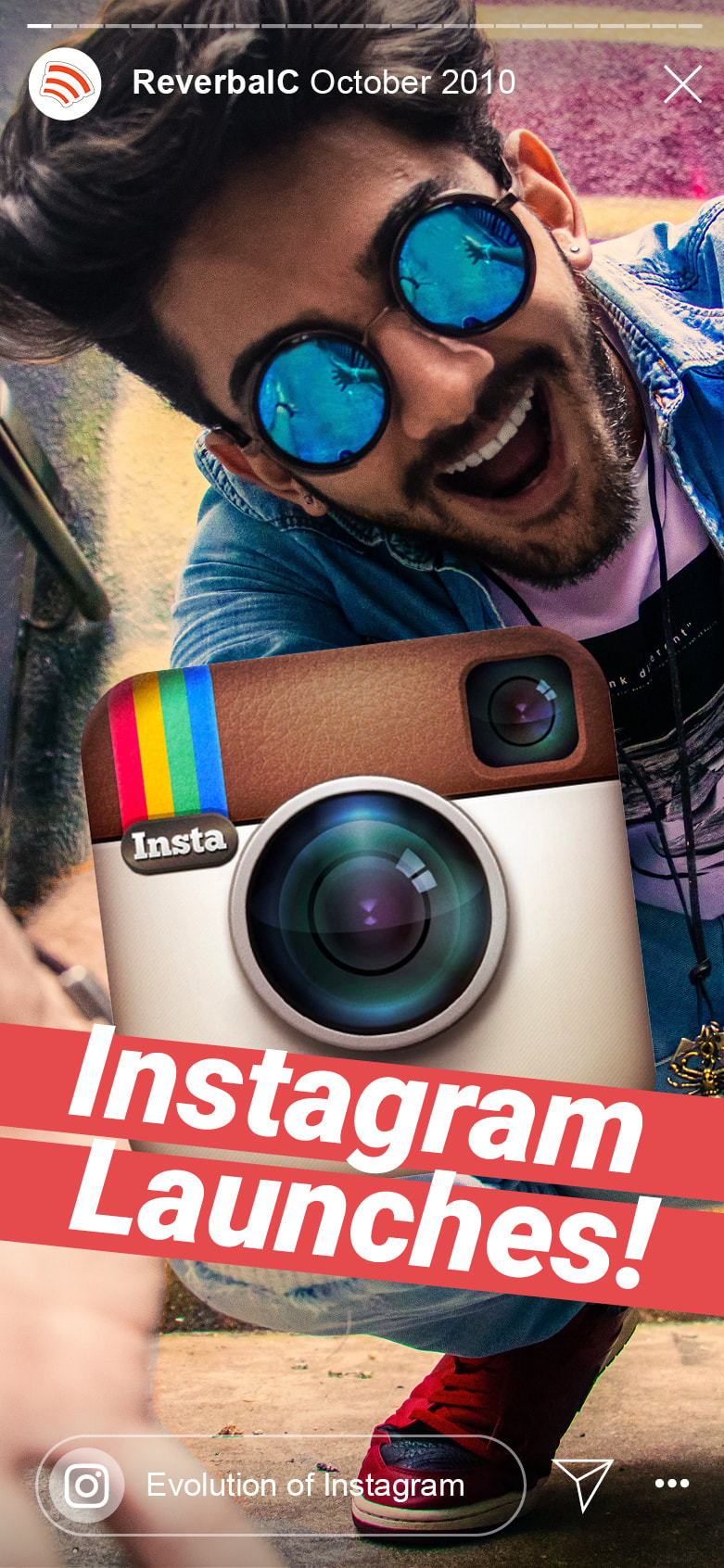
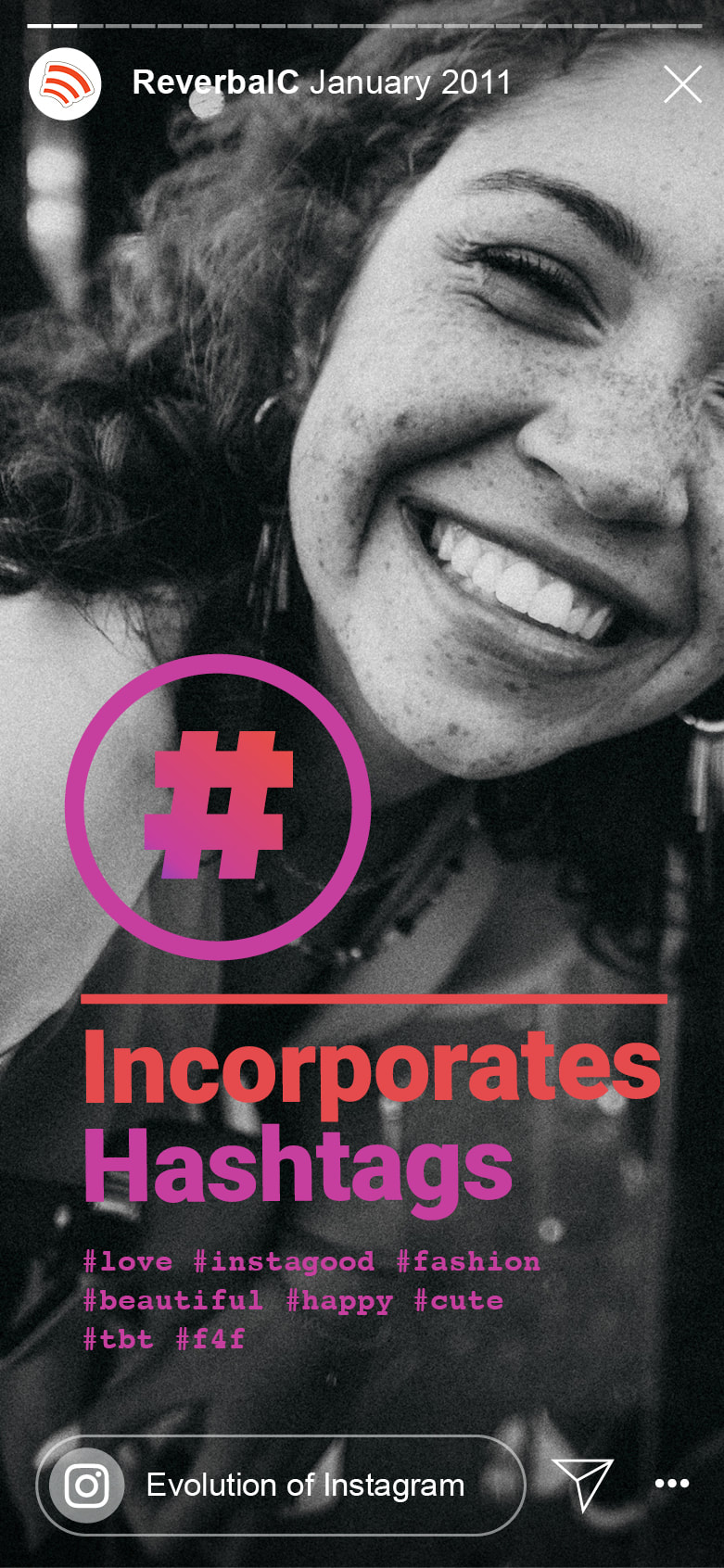
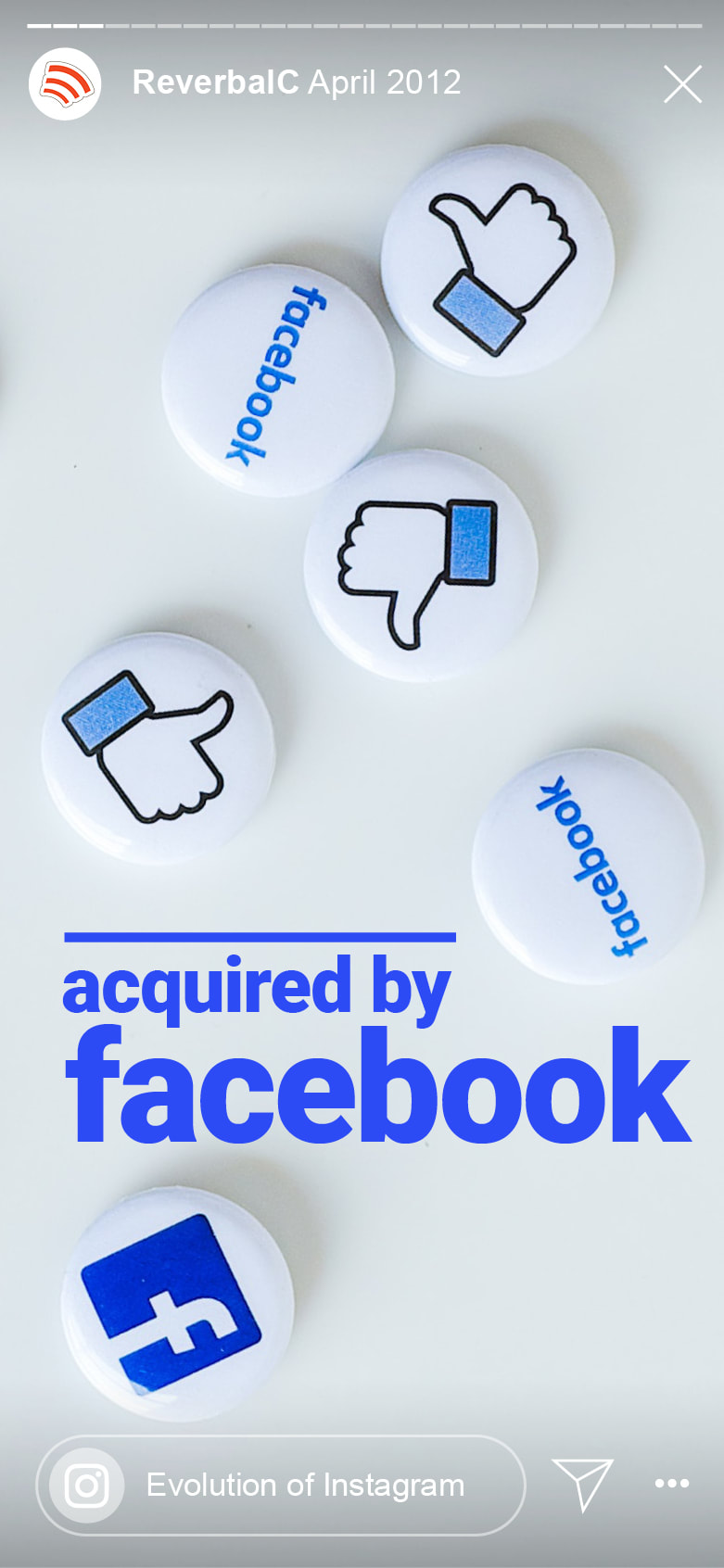
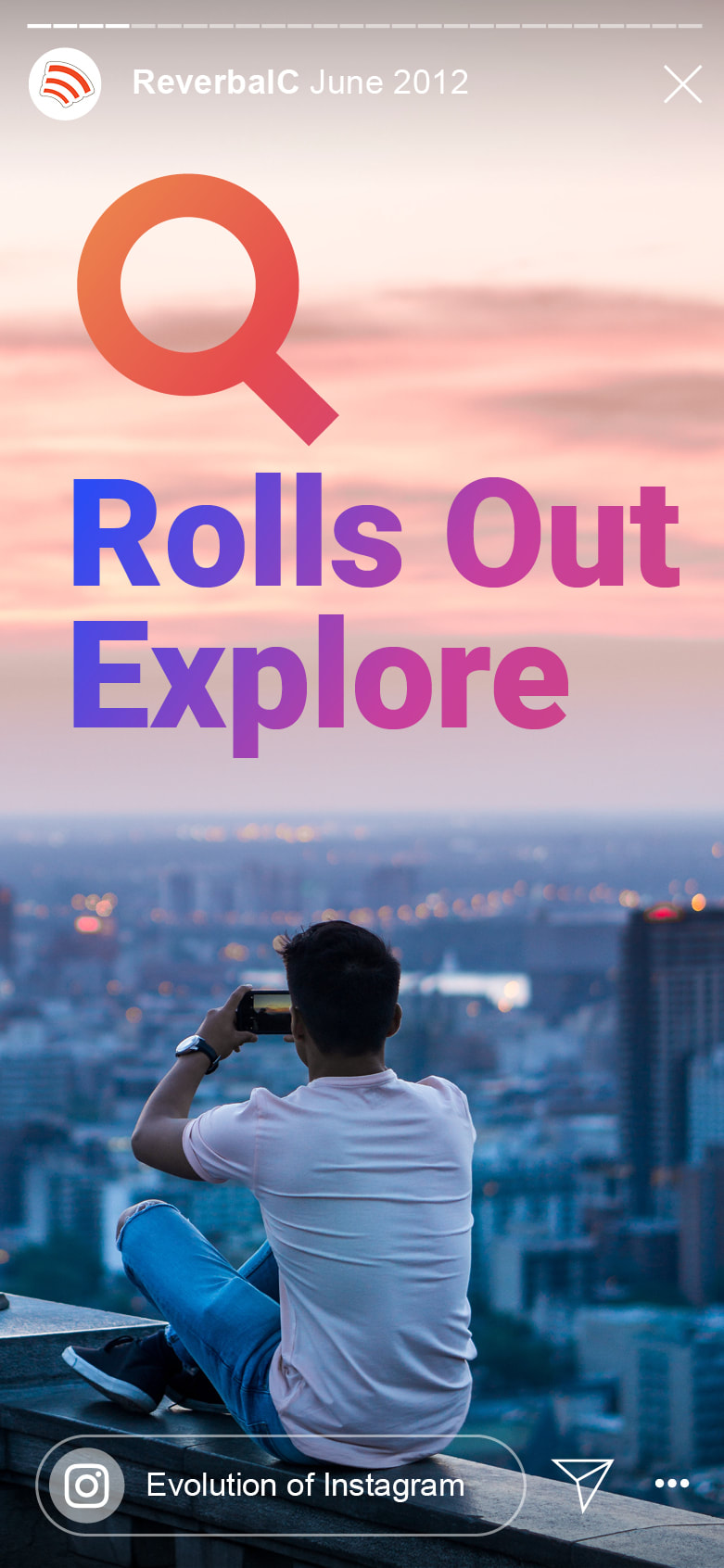
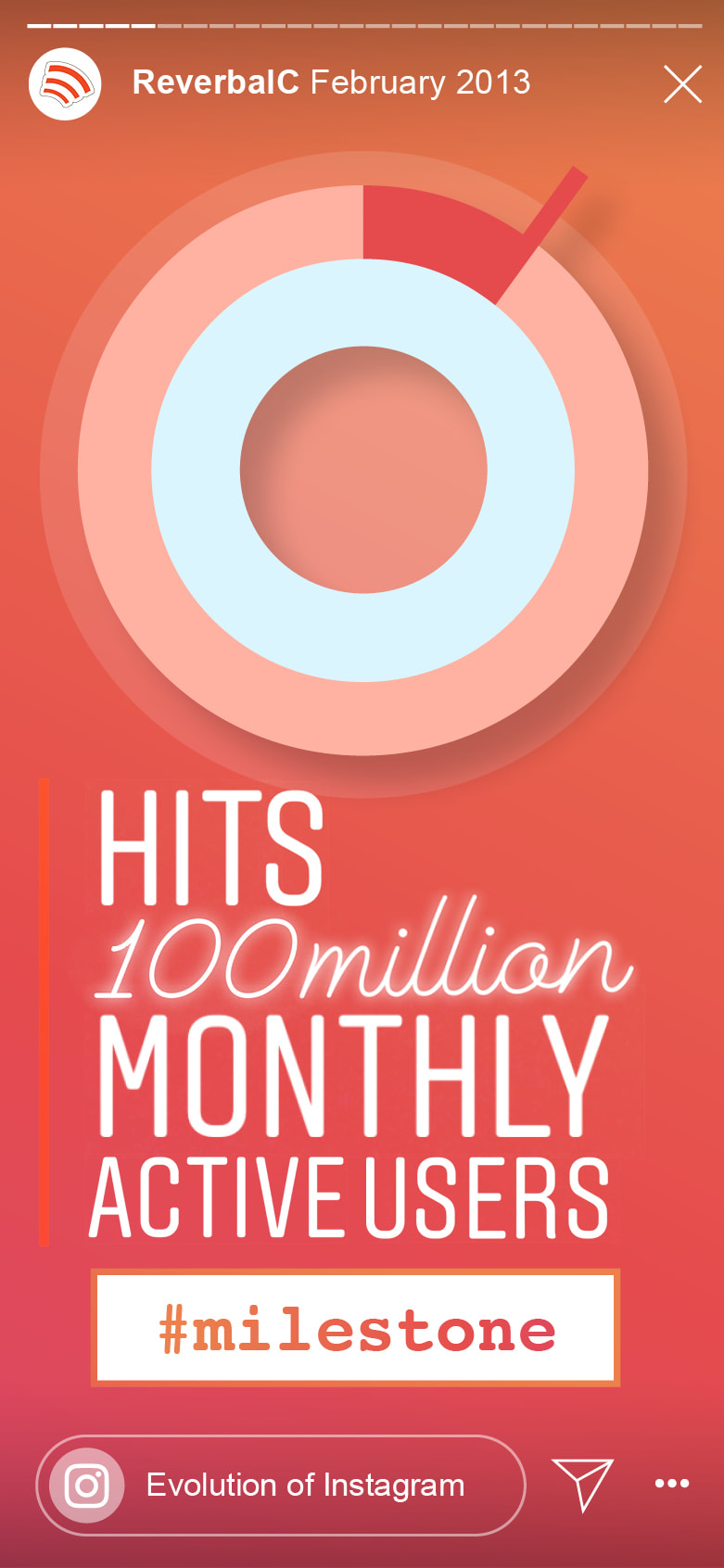
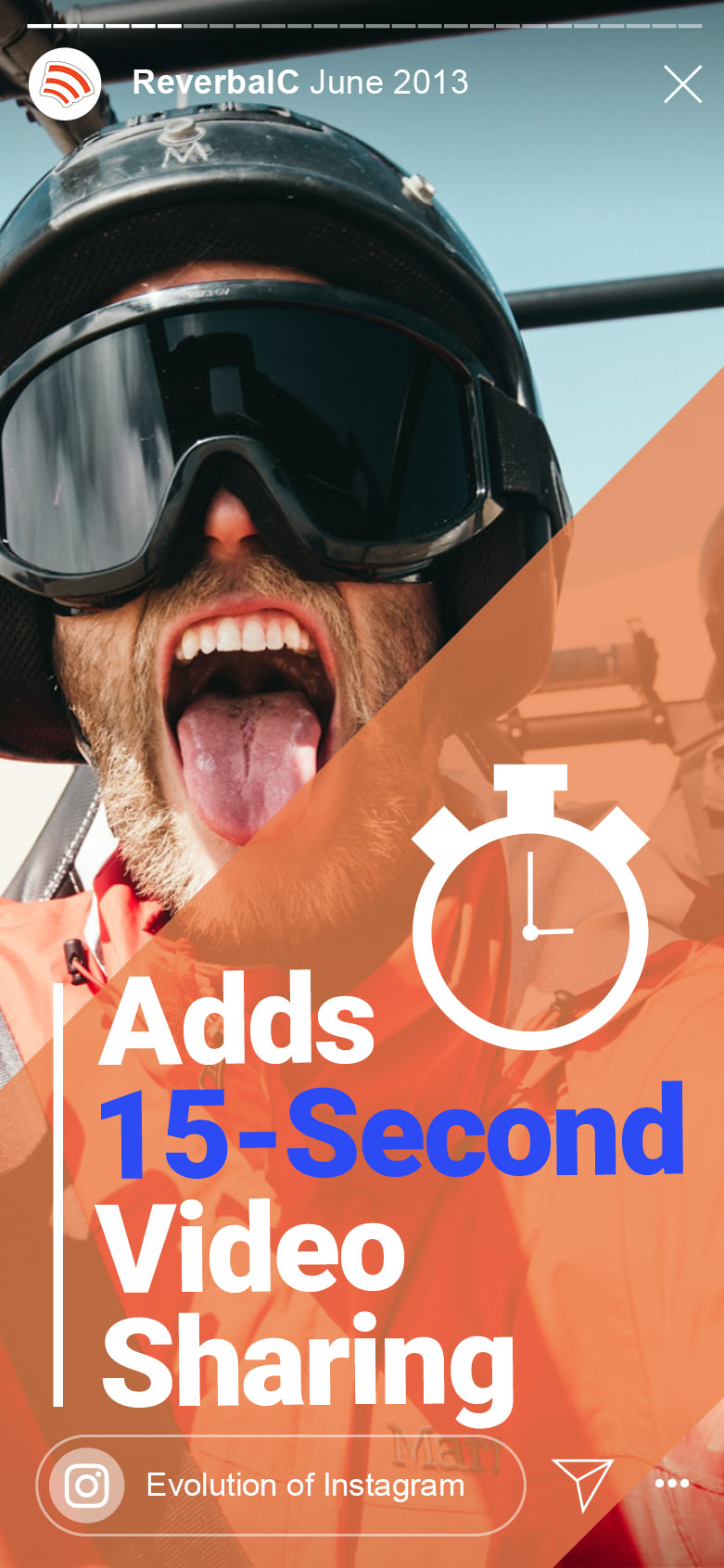
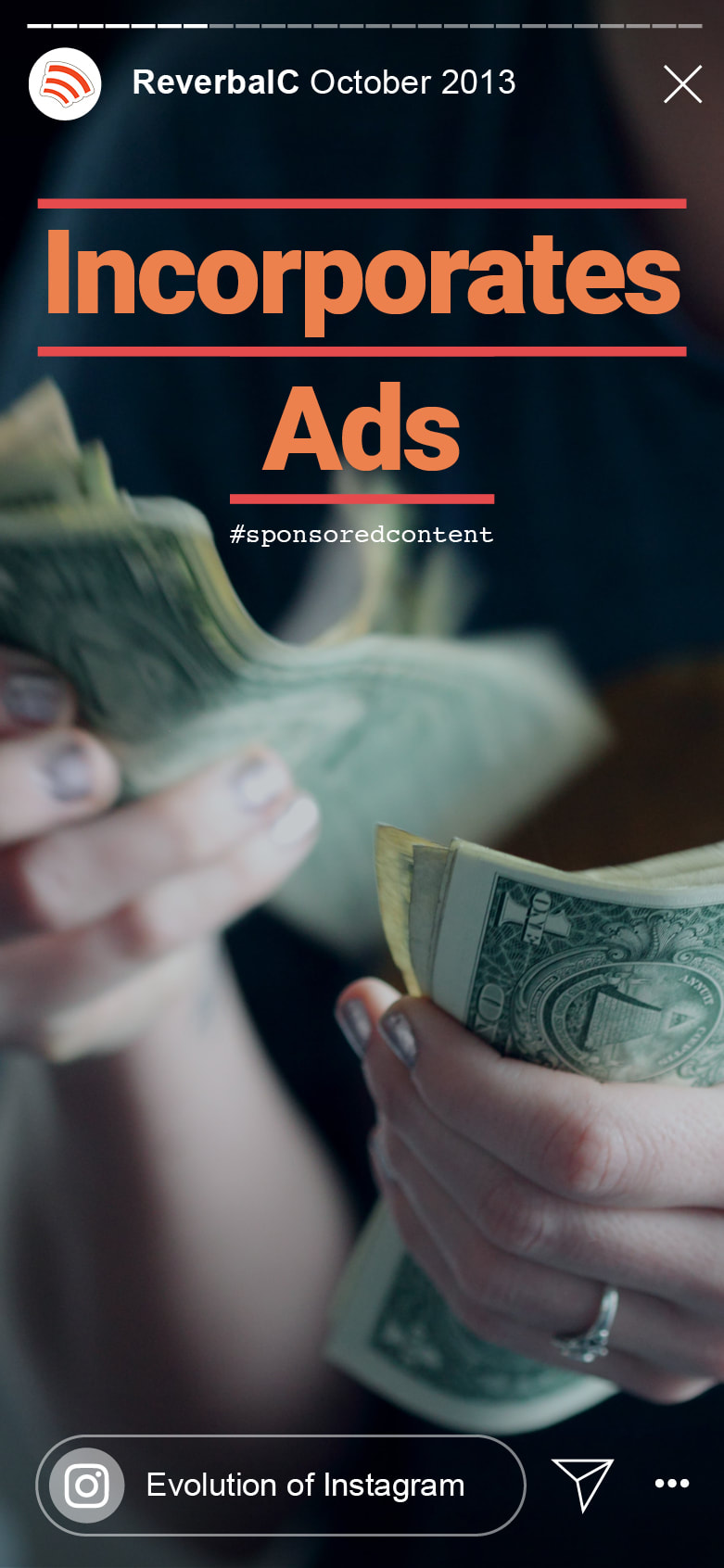
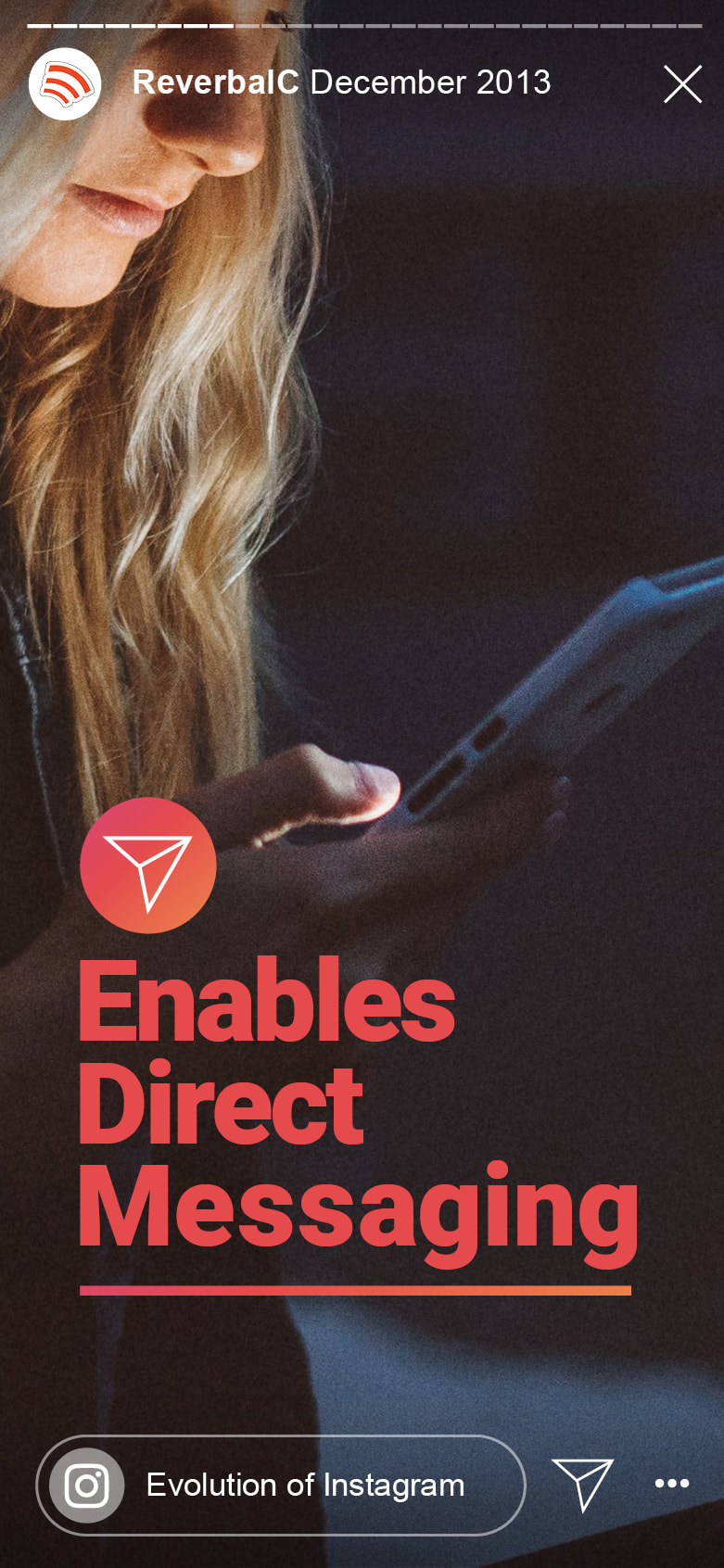
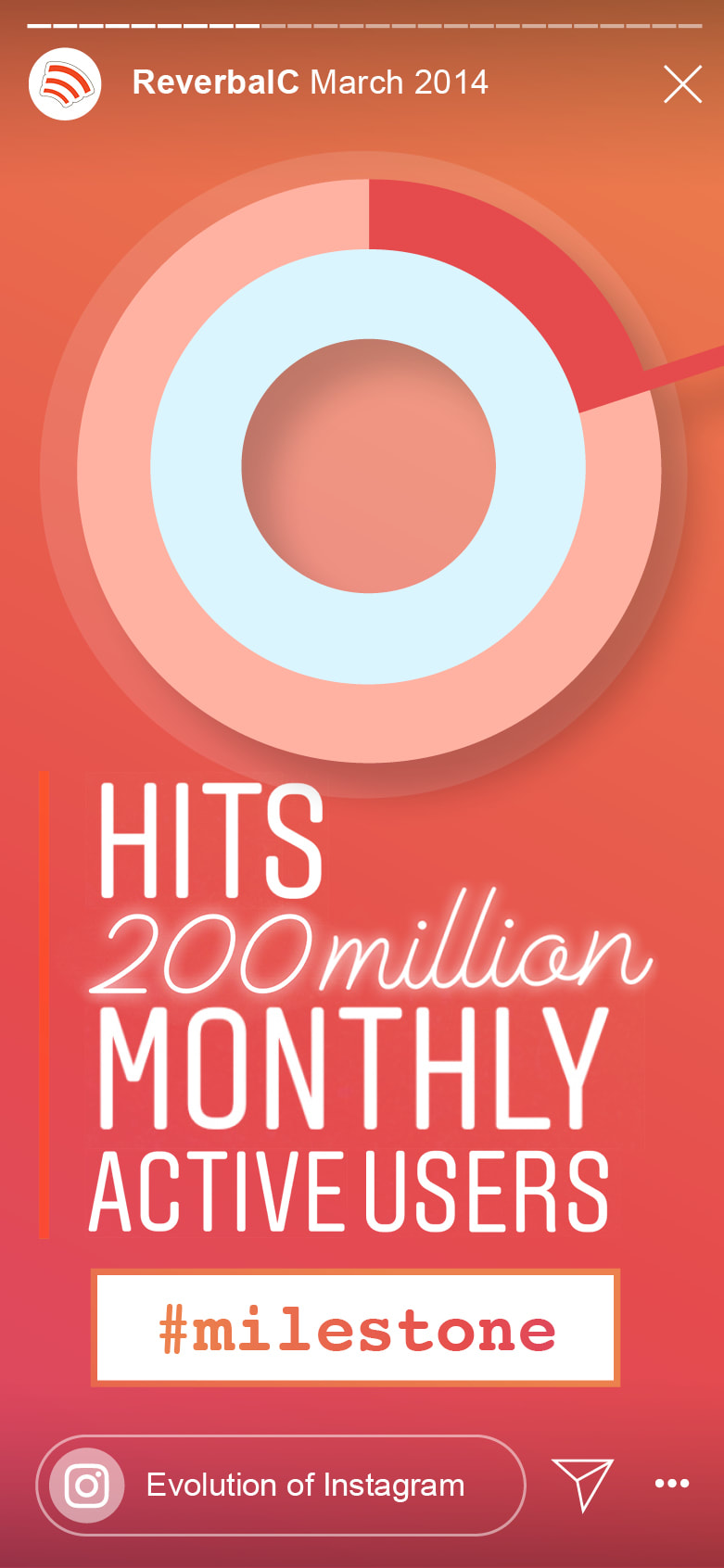
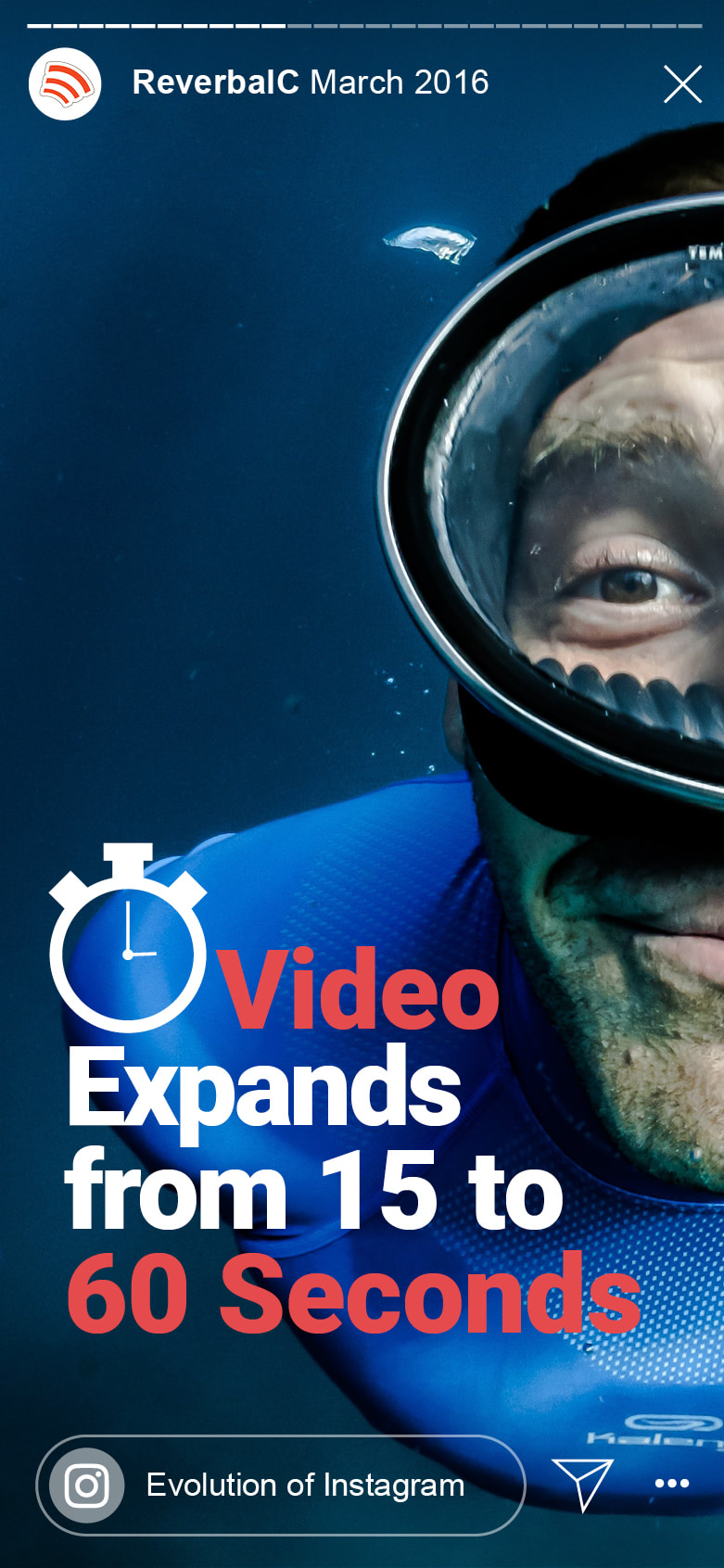
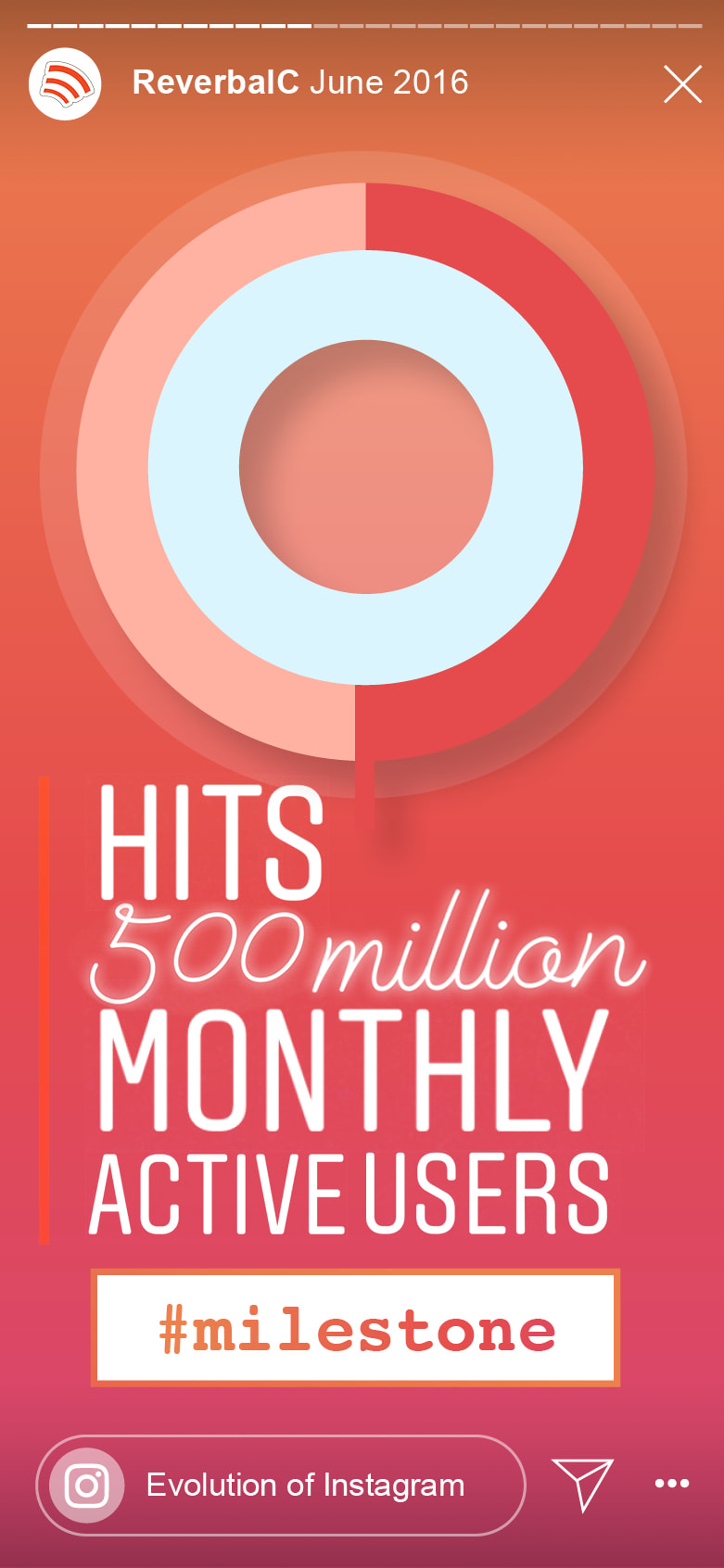
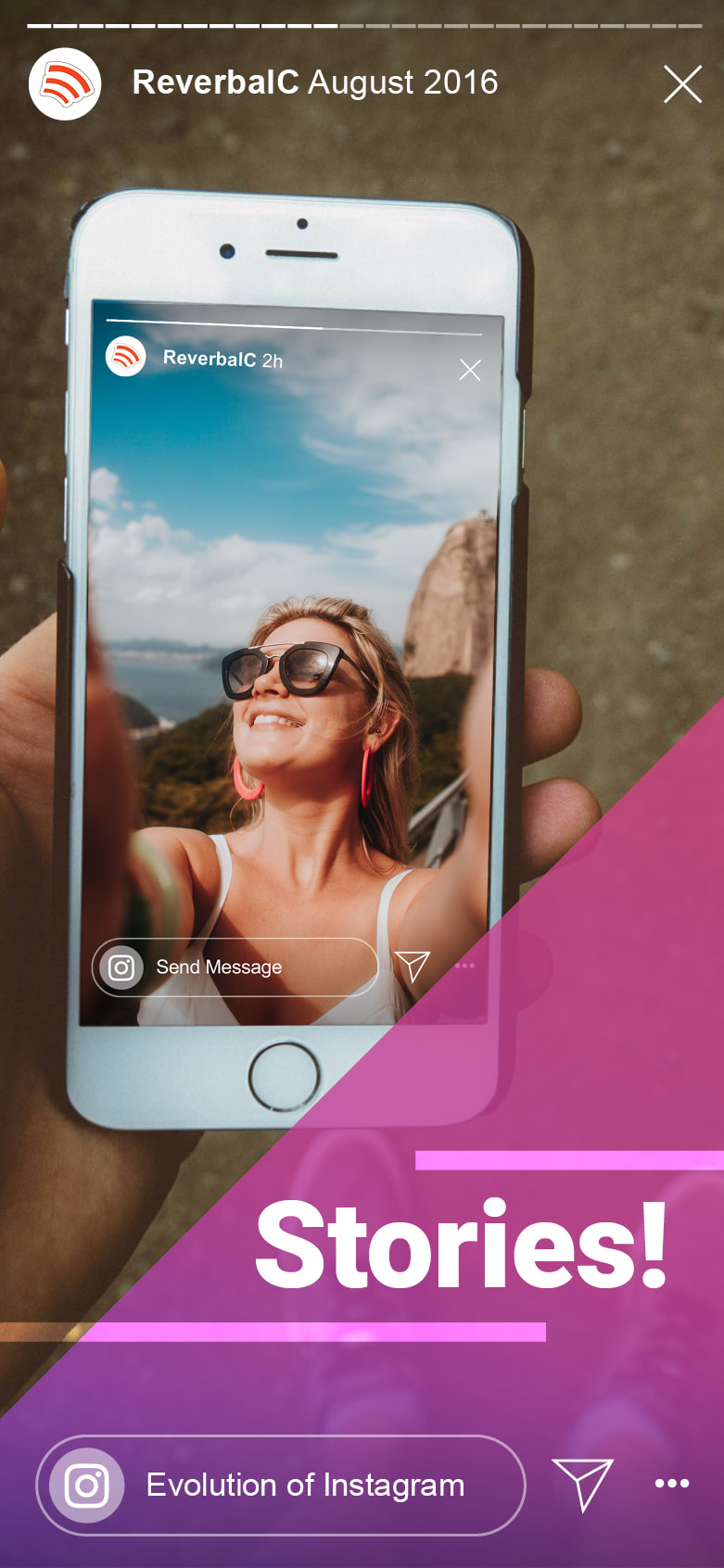
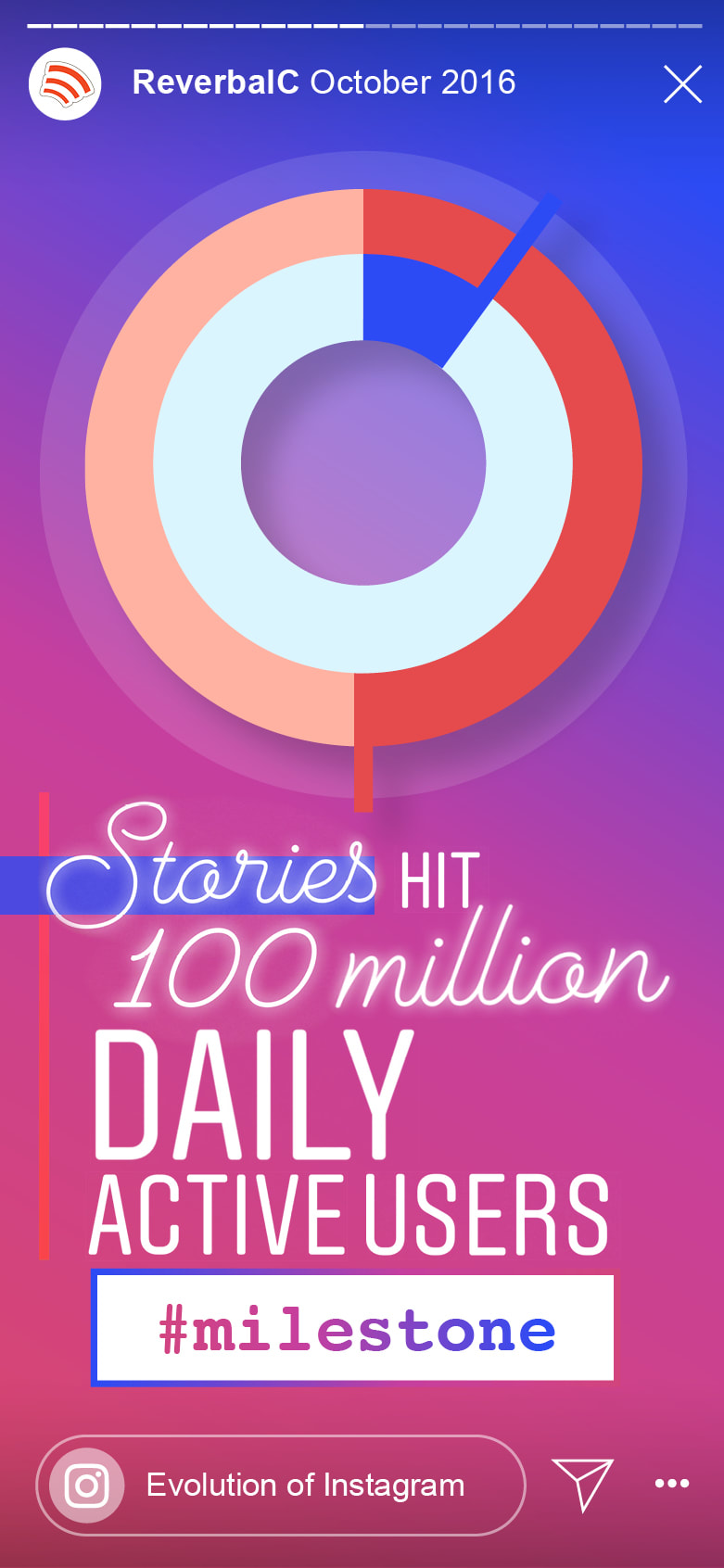
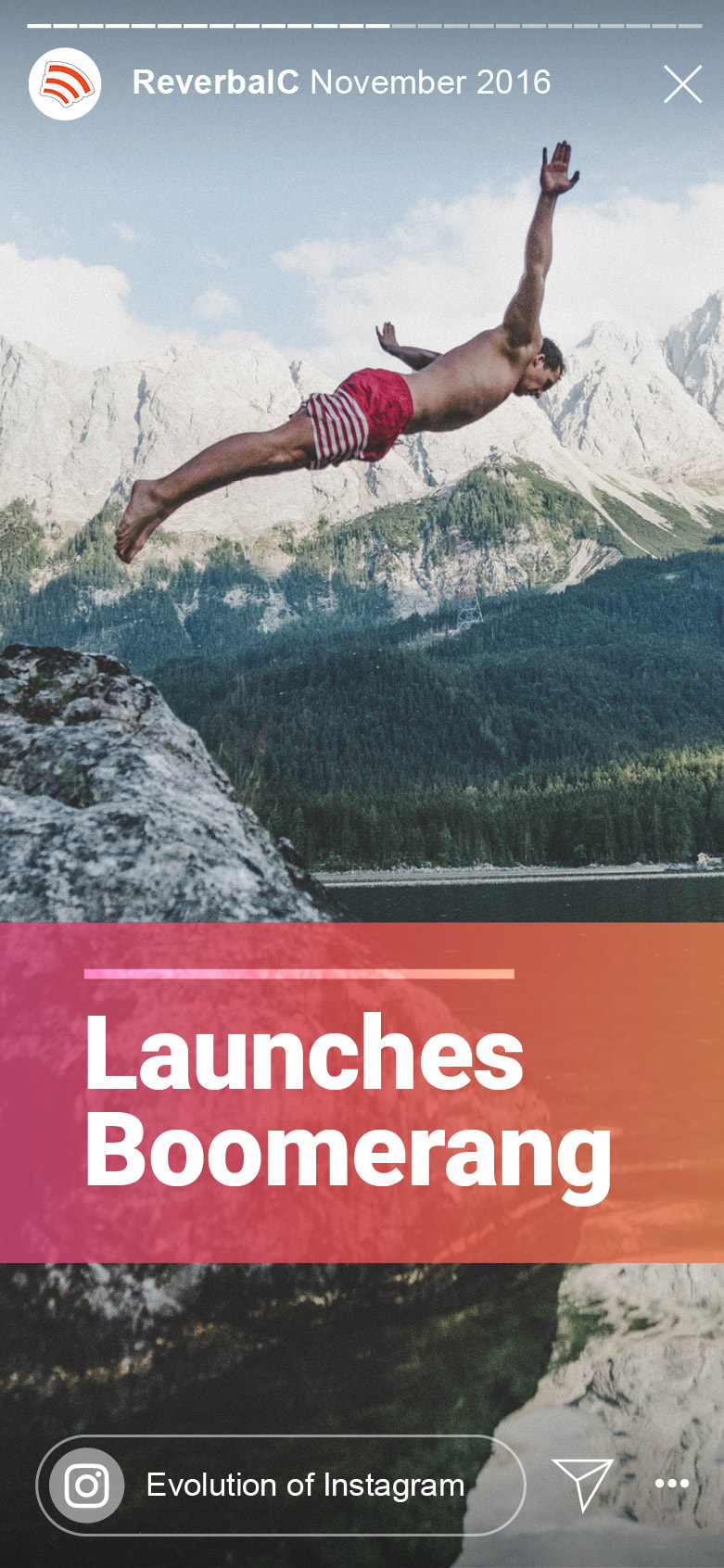

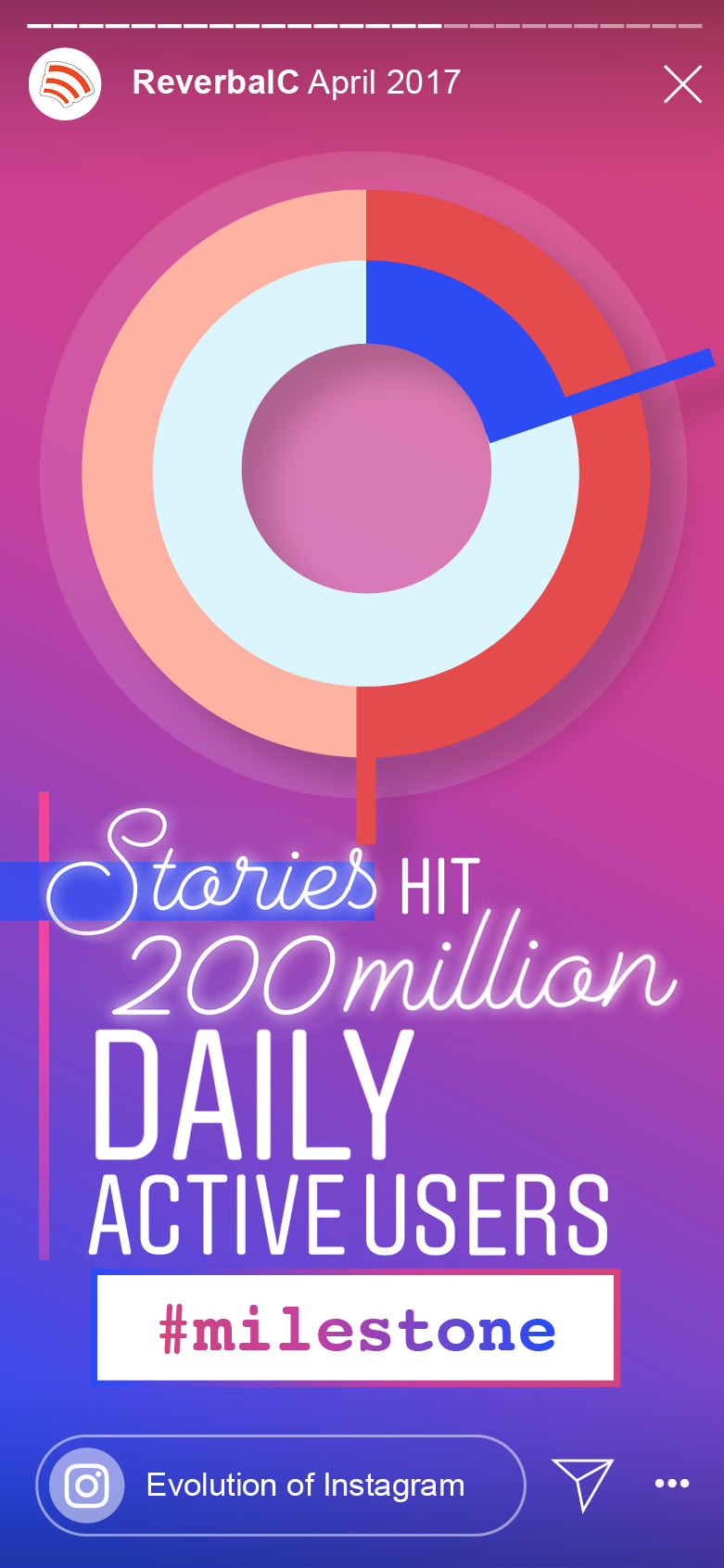
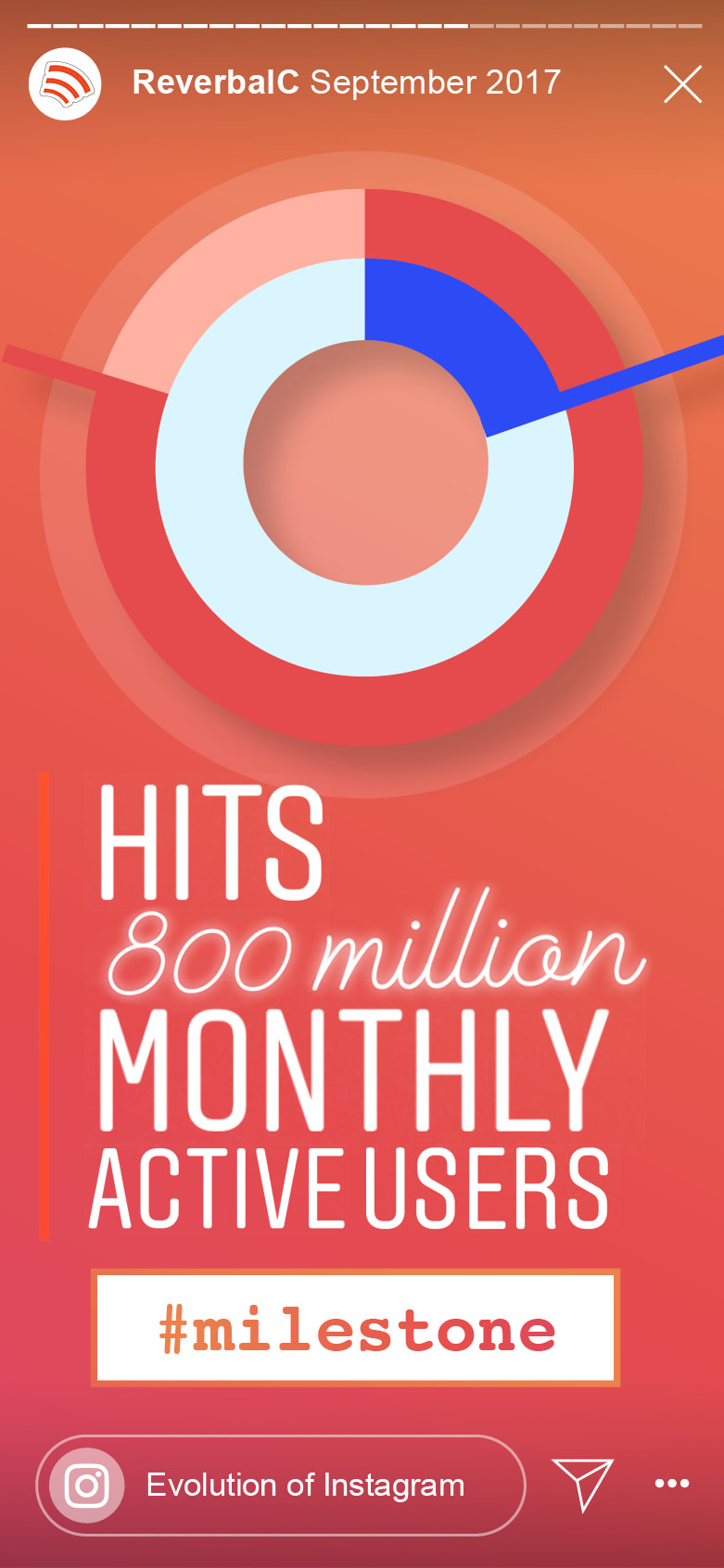
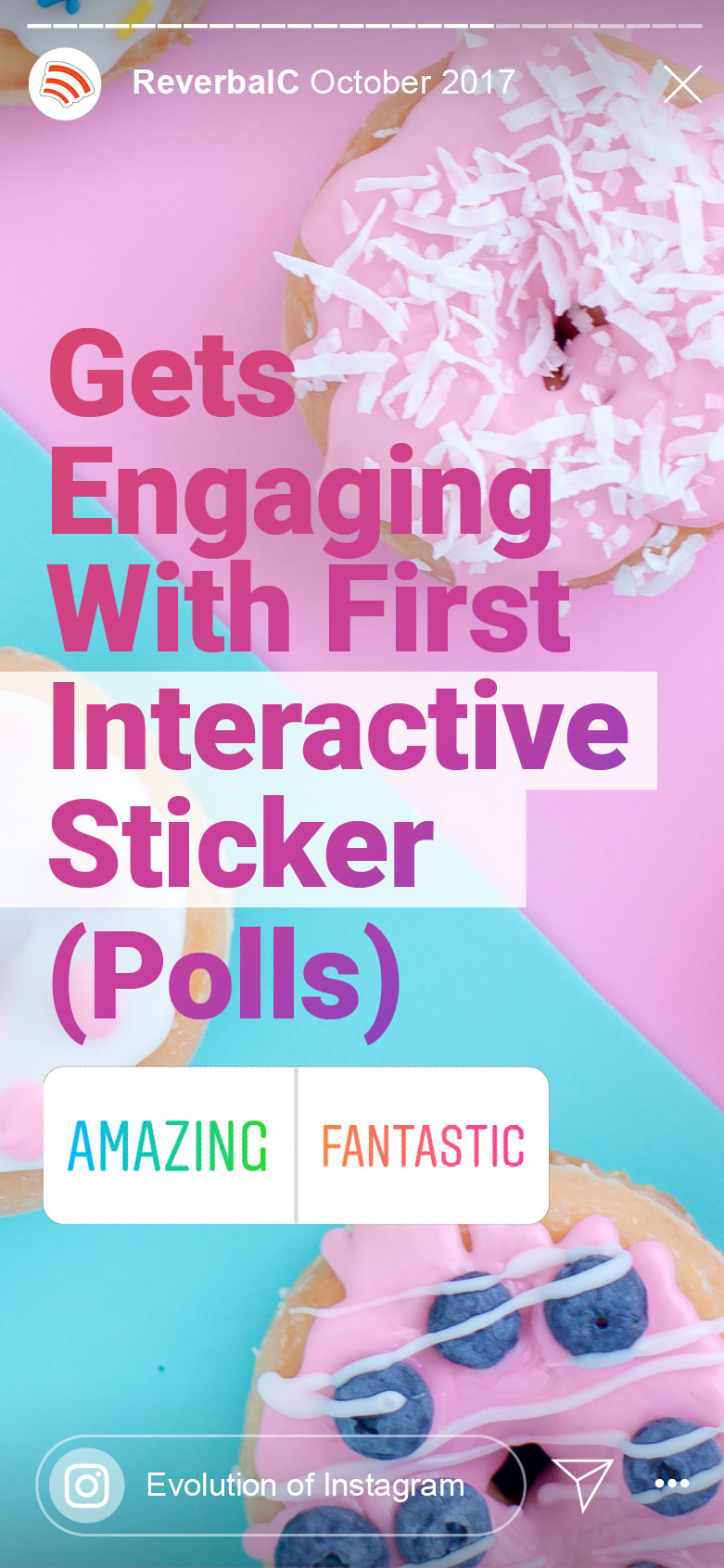
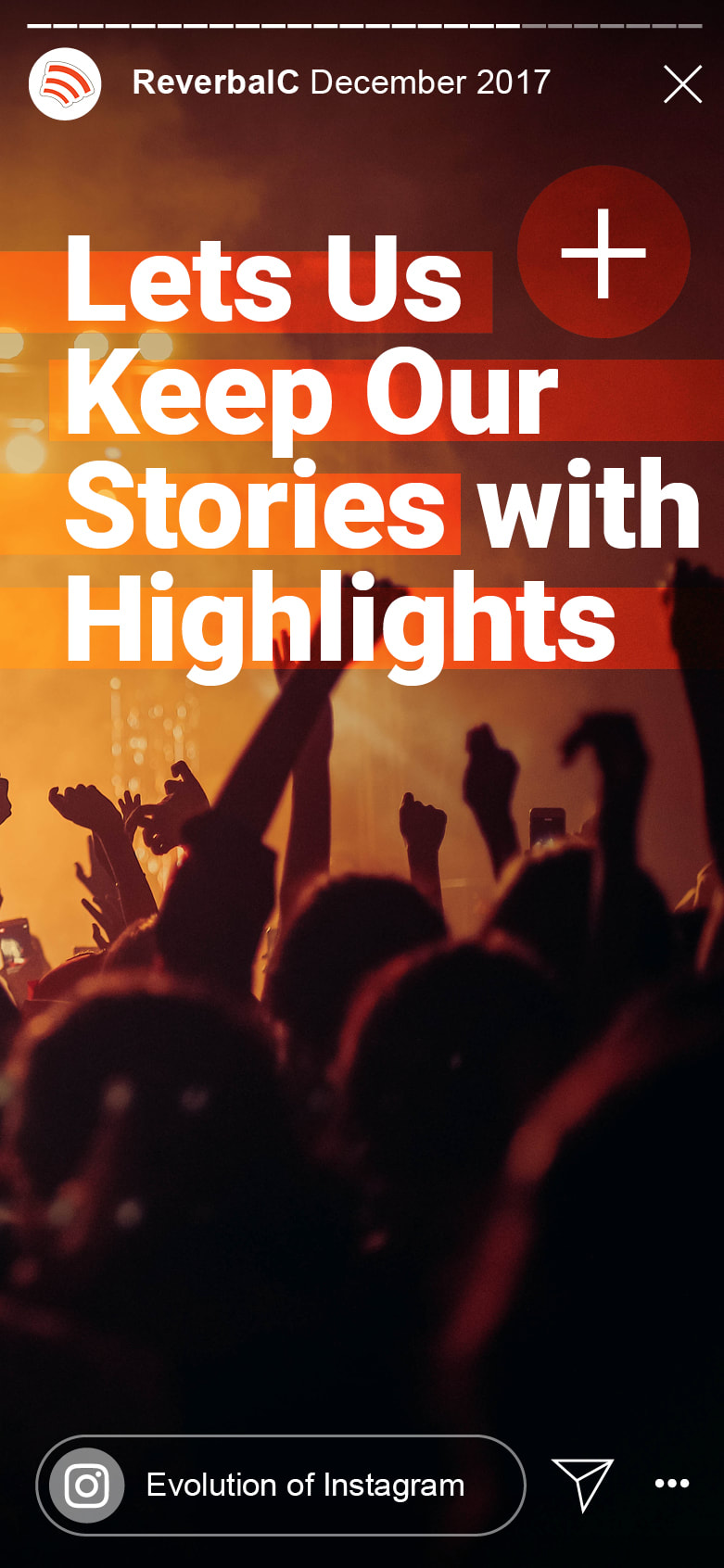
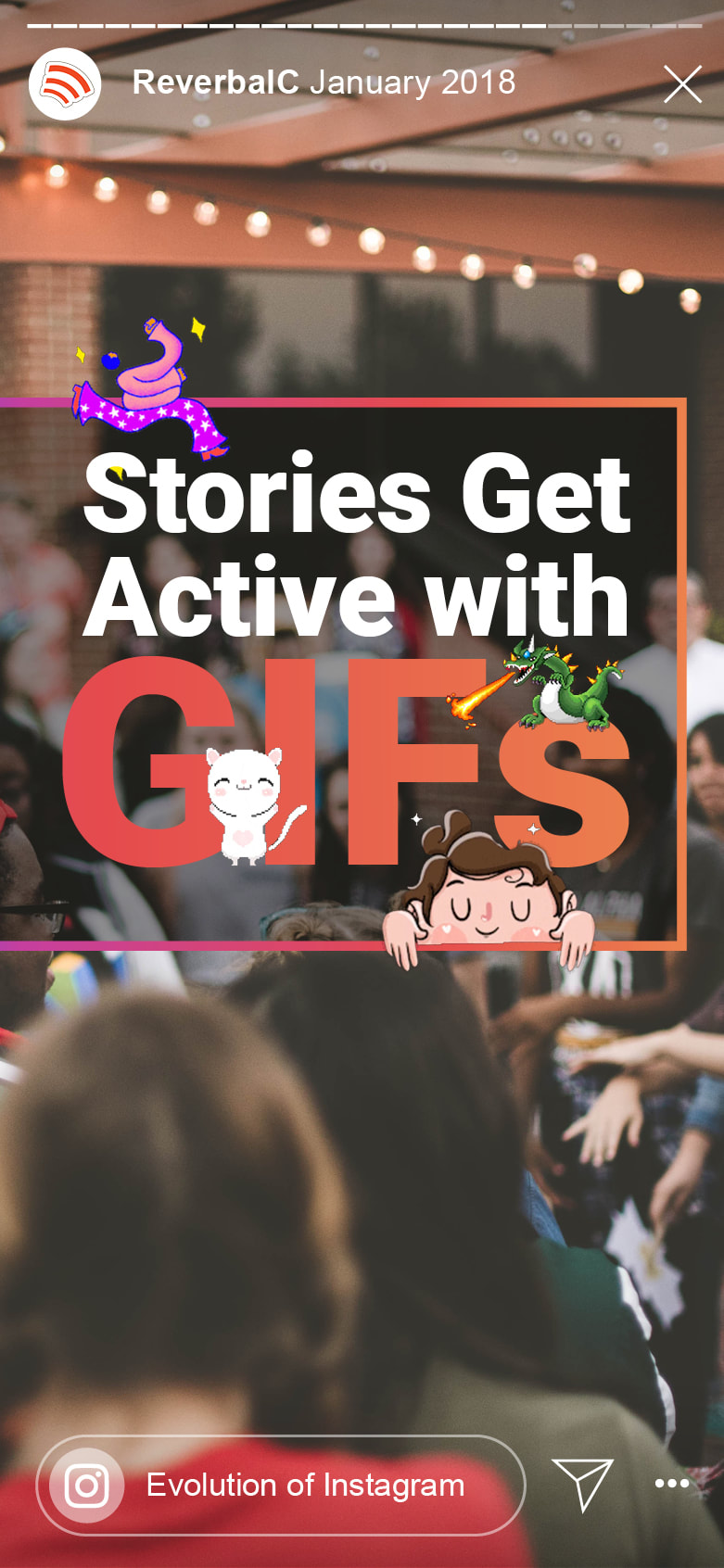
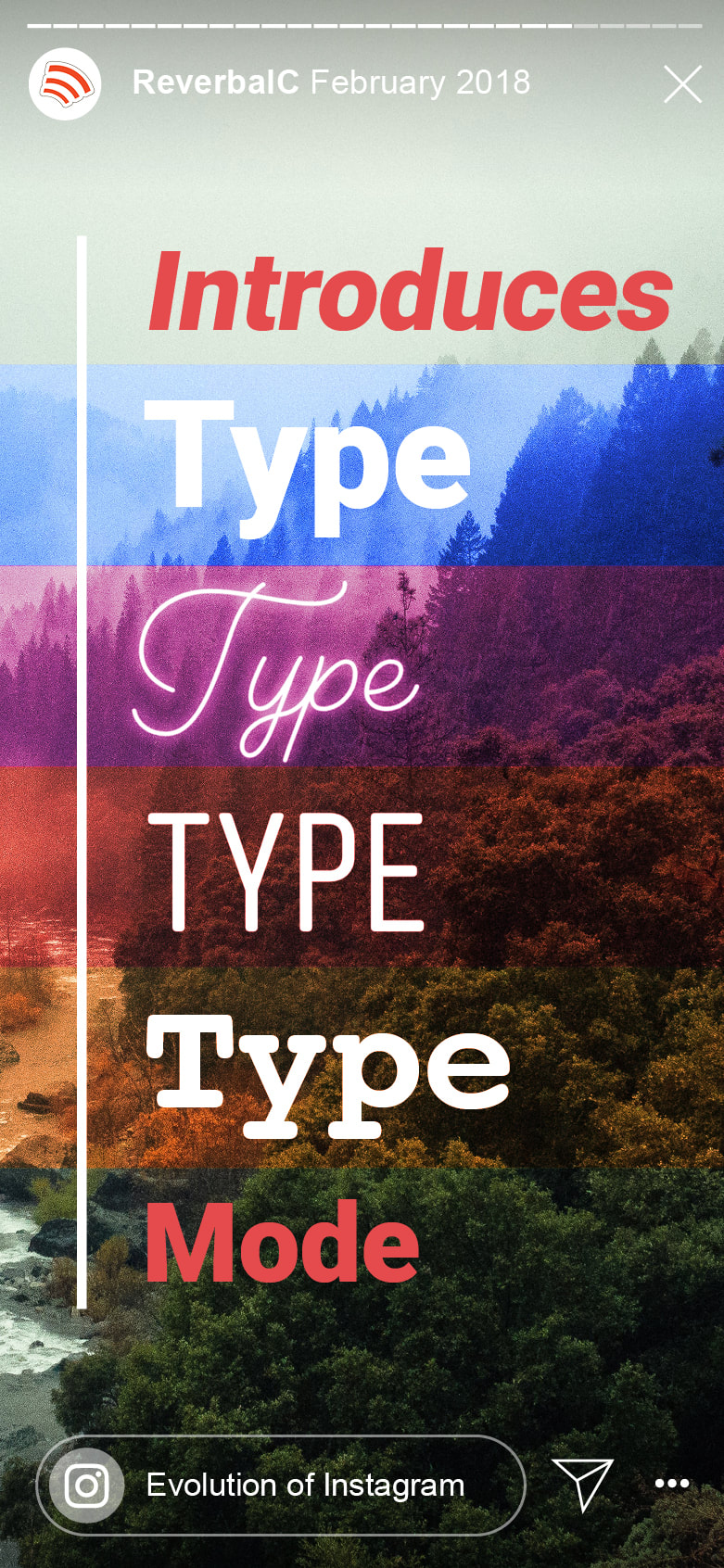
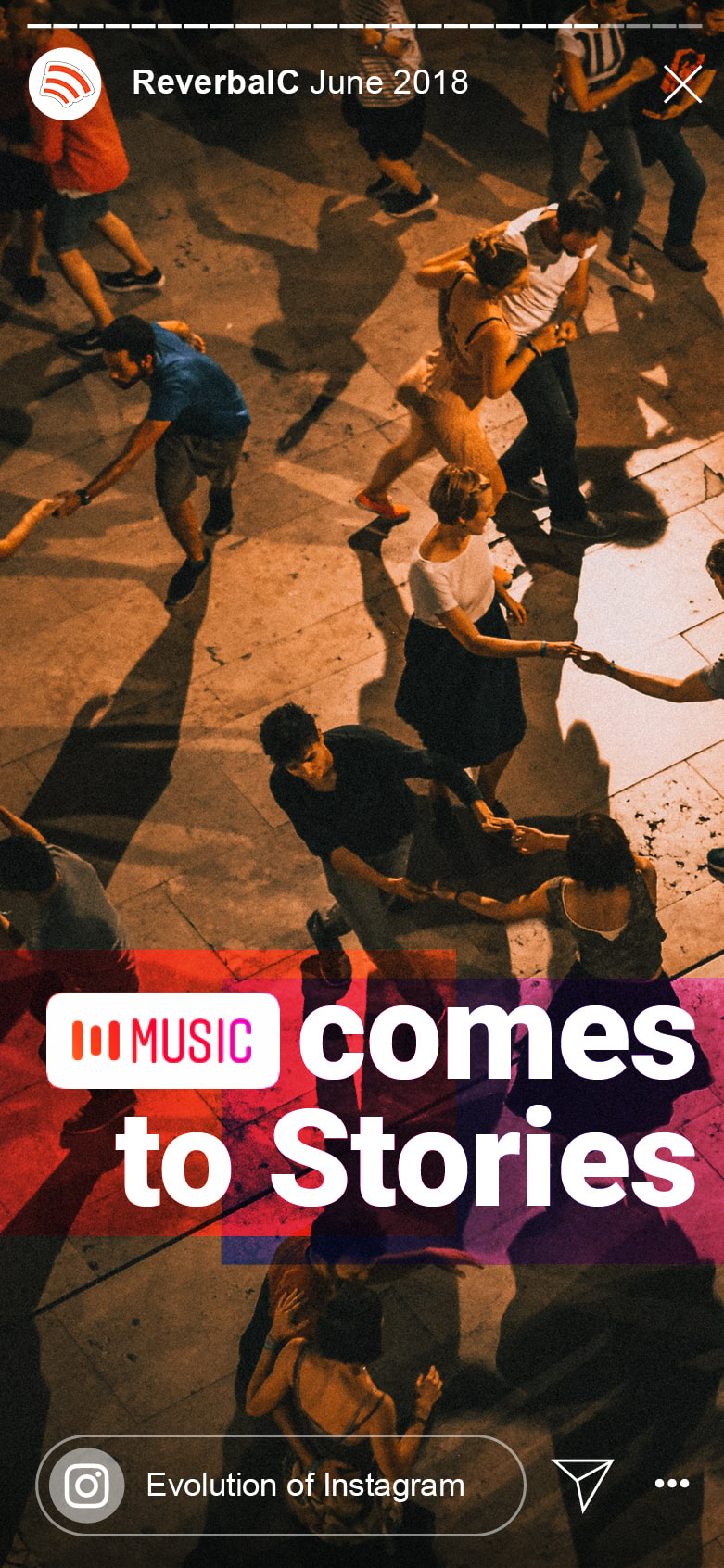
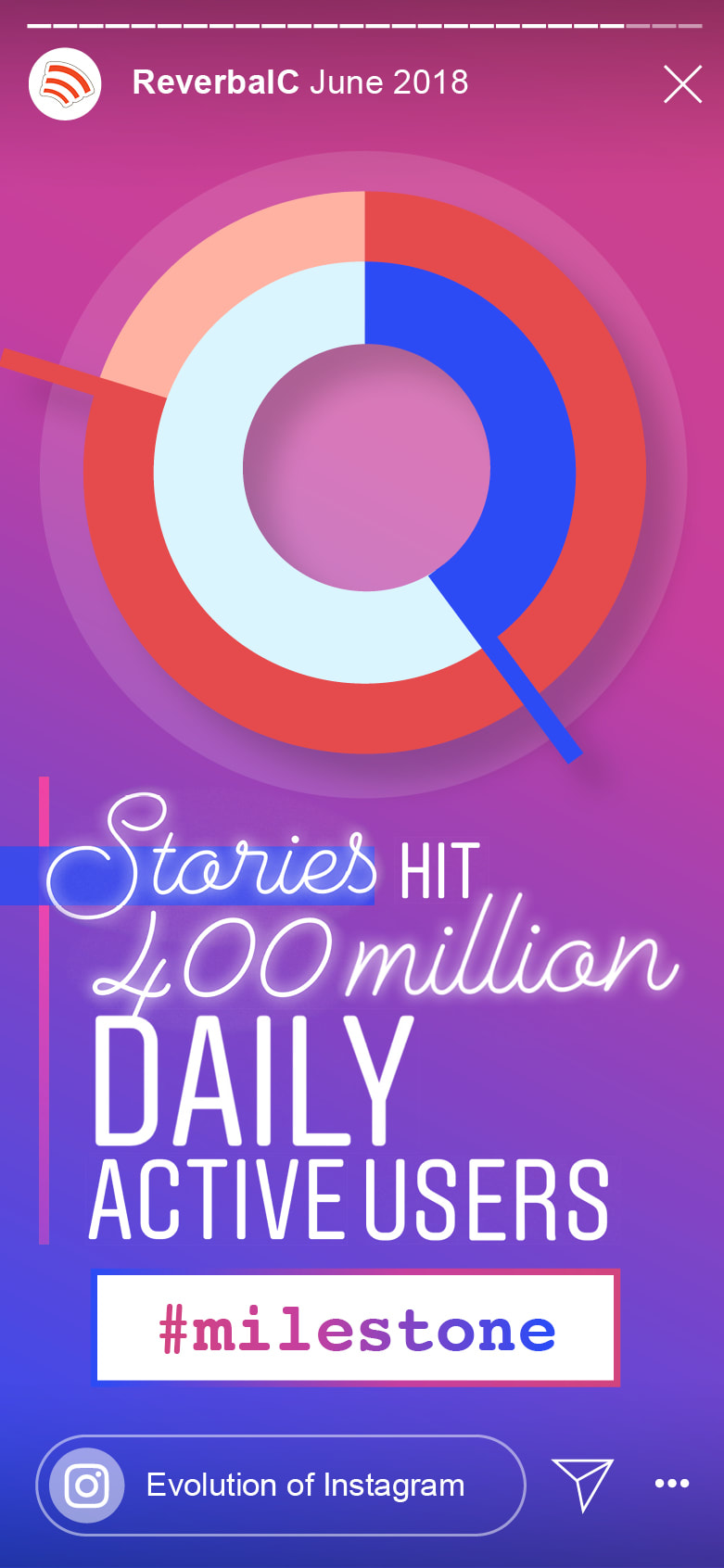
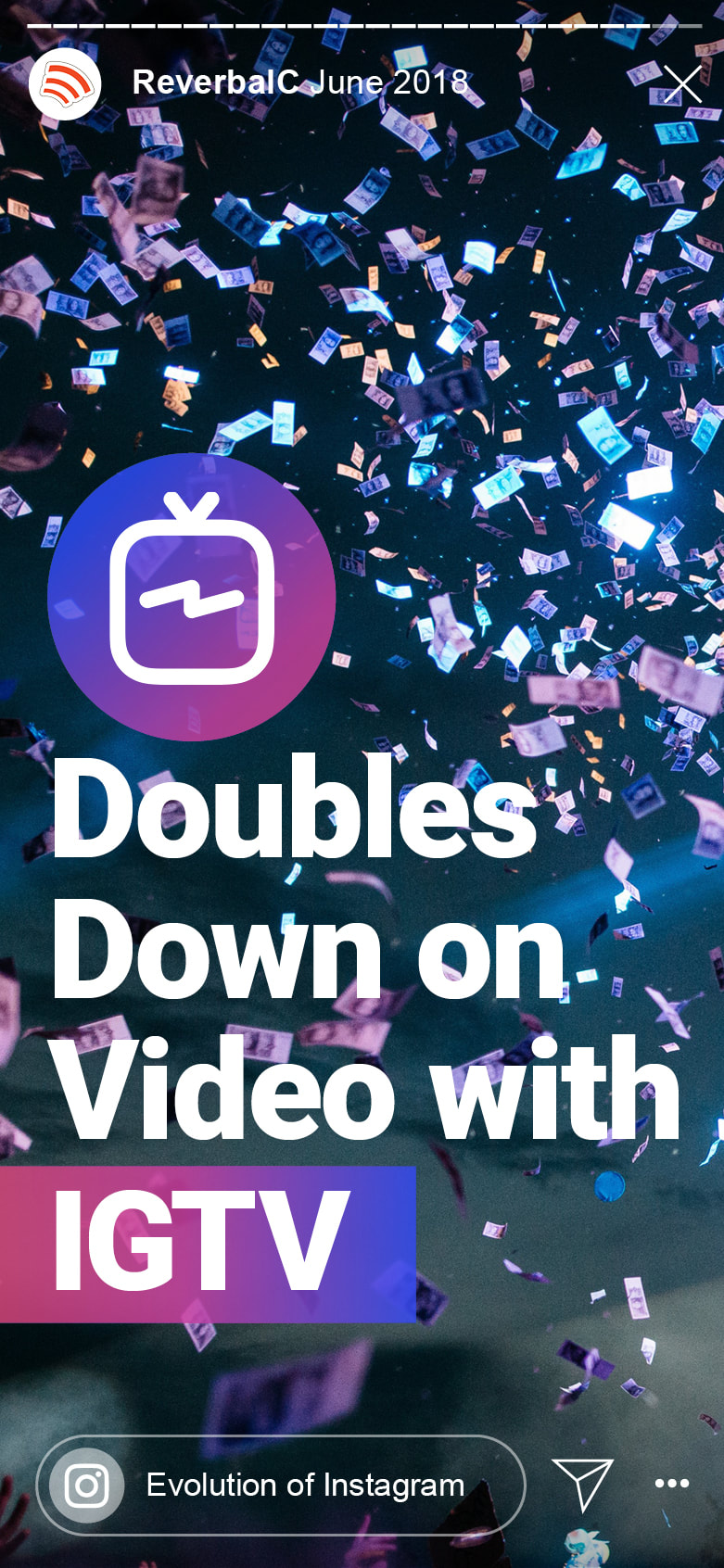
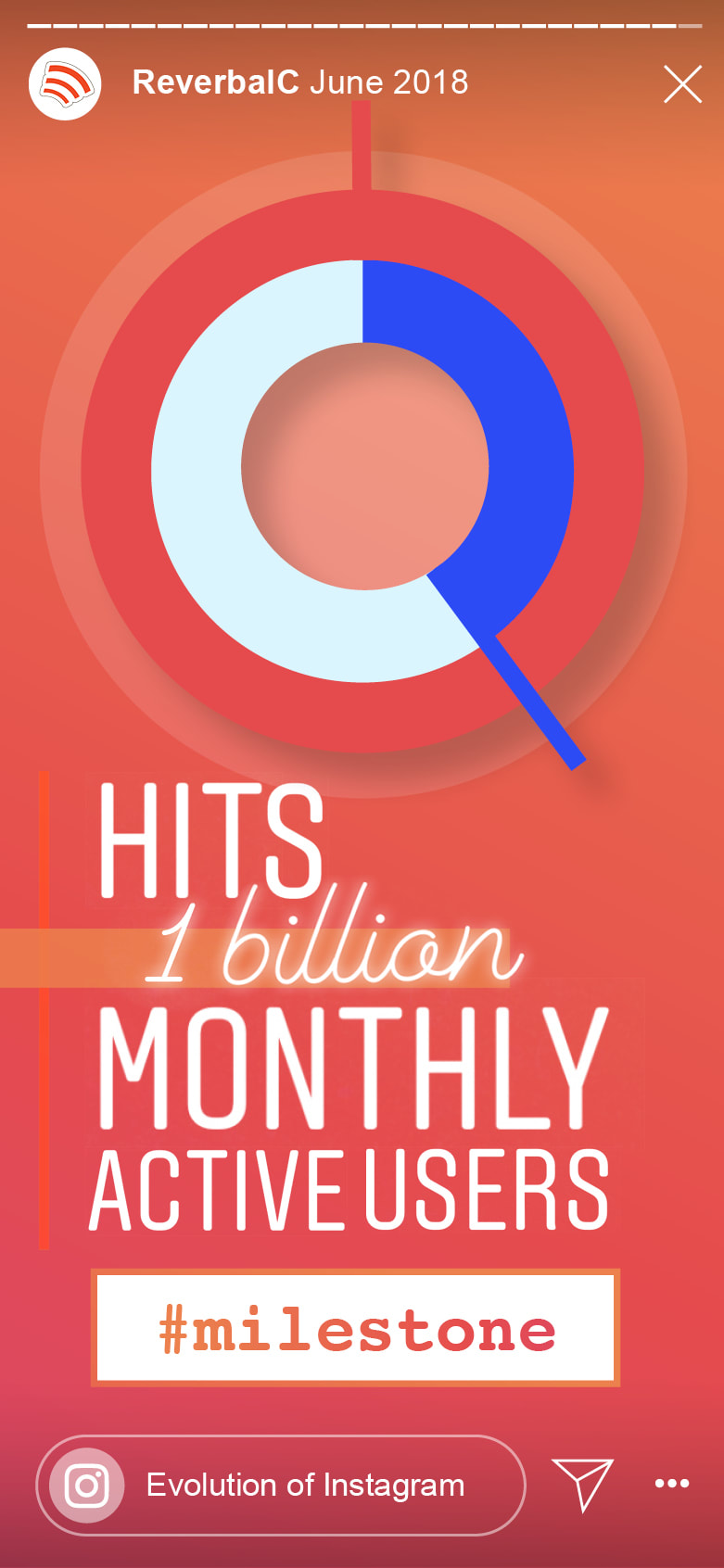
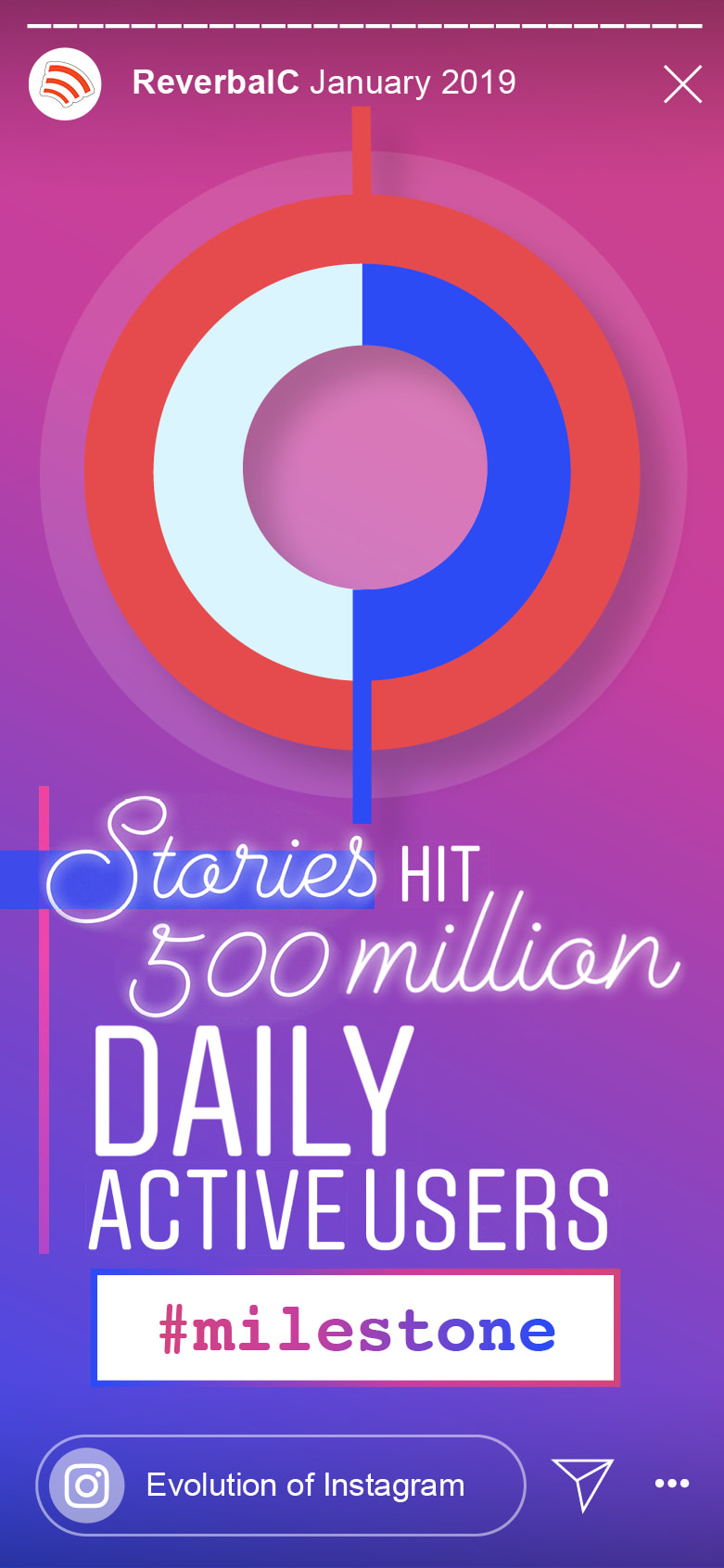
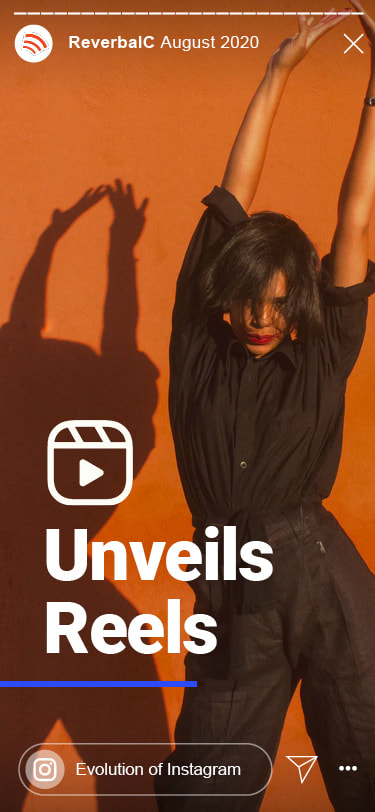
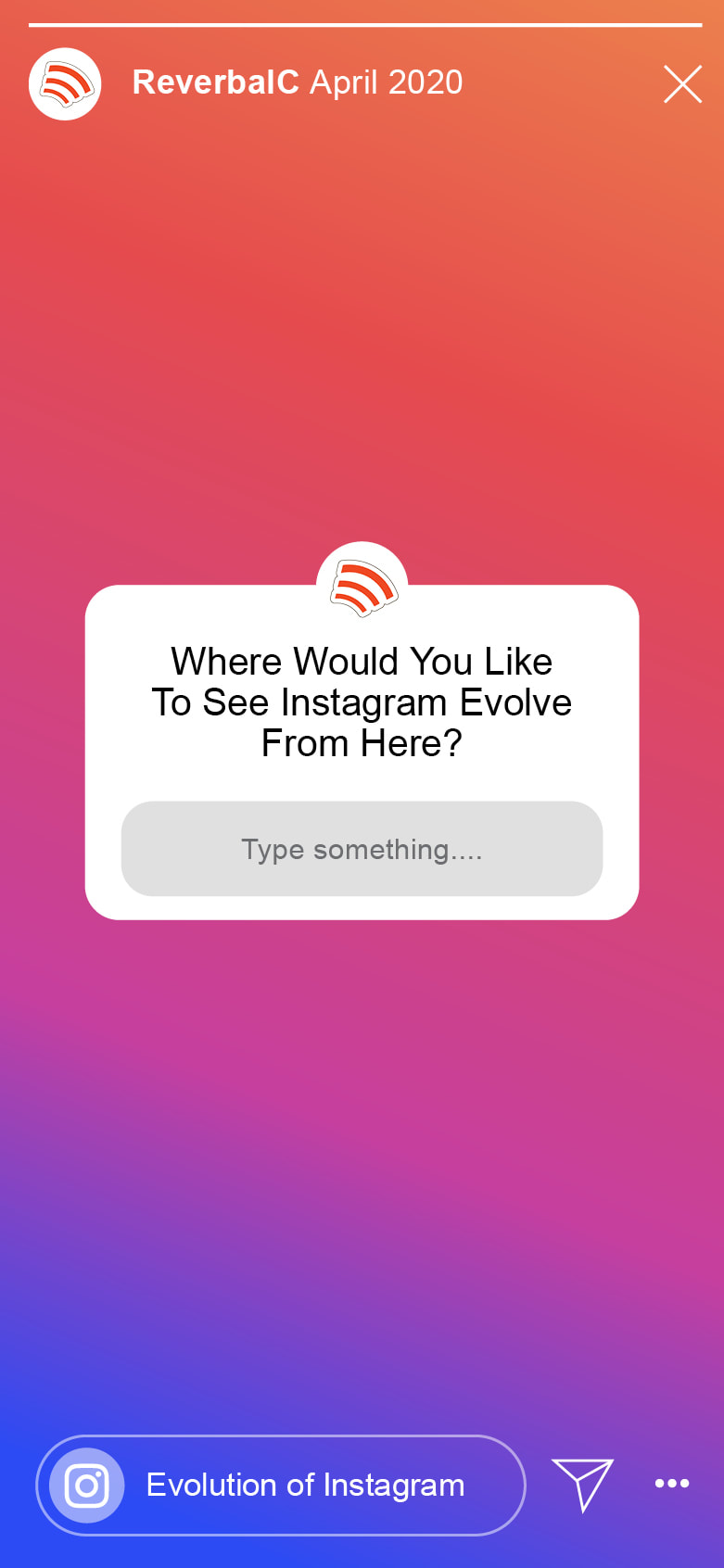
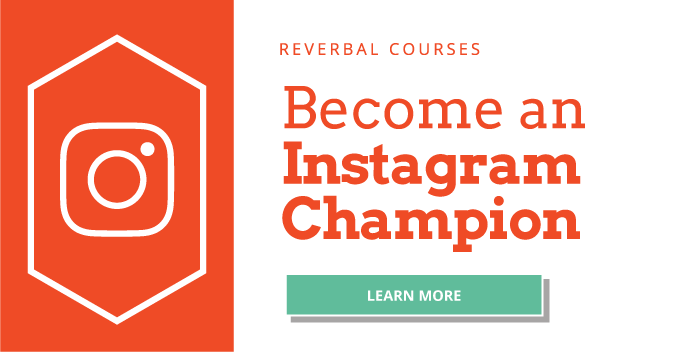
Leave a Reply
Want to join the discussion?Feel free to contribute!